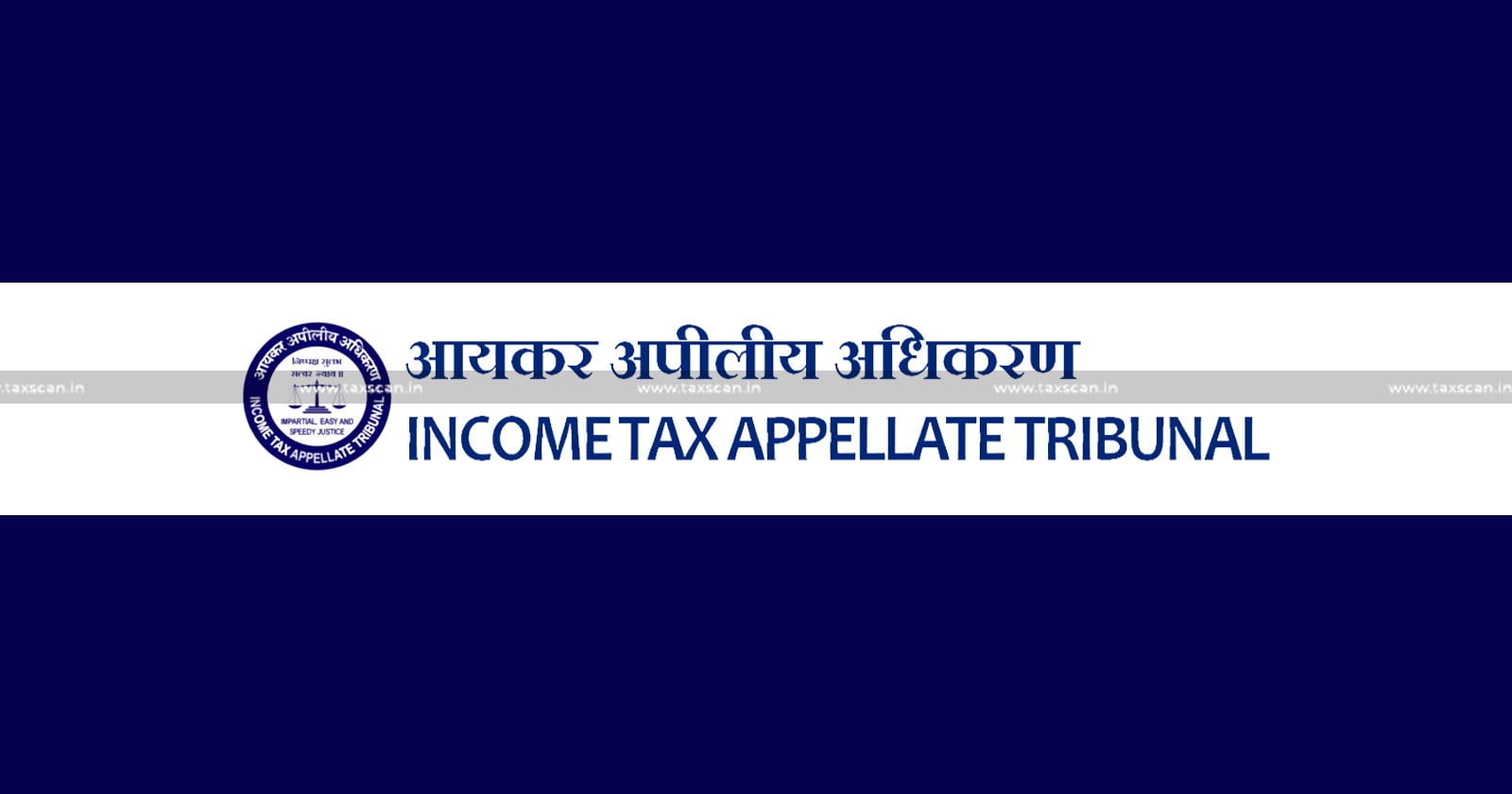Dispute over Fee Discrepancy and Cash Deposits in Educational Institution’s Accounts: ITAT Restores Matter to AO [Read Order]
The tribunal observed that the AO had made additions of Rs. 40,86,800 and Rs. 8,32,800 without properly examining the books, even though the institution consistently followed the cash basis of accounting in earlier years.
![Dispute over Fee Discrepancy and Cash Deposits in Educational Institution’s Accounts: ITAT Restores Matter to AO [Read Order] Dispute over Fee Discrepancy and Cash Deposits in Educational Institution’s Accounts: ITAT Restores Matter to AO [Read Order]](https://images.taxscan.in/h-upload/2025/10/28/2100465-fee-discrepancy-cash-deposits-educational-institutions-accounts-itat-ao-taxscan.webp)
The Jodhpur Bench of Income Tax AppellateTribunal ( ITAT ) restored the matter to the Assessing Officer (AO ) for fresh verification in a case involving fee discrepancies and unexplained cash deposits in an educational institution’s accounts.
Shree Hari Ram Shikshan Sansathan, appellant-assessee, was a registered society running an educational institution named ‘Diamond Academic’ under the Societies Registration Act, Jodhpur. It had filed its return of income declaring Nil income while claiming exemption under Section 10(23C)(iiiad) of the Act.
The case was selected for scrutiny under CASS. During the assessment, the AO noted a discrepancy of Rs. 40,86,800 in the fee receipts and also found unexplained cash deposits of Rs. 8,32,800 in the bank account.
The assessee had reported total receipts of Rs. 91,49,222; however, after including the unrecorded amount of Rs. 40,86,800, the AO determined the total receipts at Rs. 1,32,36,000, exceeding the prescribed limit of Rs. 1 crore under Section 10(23C)(iiiad).
Since the assessee was not registered under Section 12AA for the relevant year, it was treated as an Association of Persons (AOP), and the two additions were made to its income. The Commissioner of Income Tax (Appeals) [CIT(A)] later confirmed the assessment order, leading the appellant to file an appeal before the tribunal.
The assessee counsel filed a paper book containing pages 1 to 140 and argued that the addition of Rs. 40,86,800 was made on an accrual basis, while the assessee had maintained accounts on a cash basis. Hence, those receipts were not included in the income and expenditure account or total receipts for the year.
It was further submitted that the same accounting method had been followed consistently in earlier years, and the principle of consistency should apply. Regarding the addition of Rs. 8,32,800, the counsel argued that since the assessee was eligible for exemption under Section 10(23C)(iiiad) as an educational institution, the addition should not have been made.
The counsel also stated that although the issue was raised before the CIT(A), the accounting system had not been clearly demonstrated earlier. The departmental representative supported the orders of the lower authorities
 Also Read:Block Assessments Invalid Due to Defective Satisfaction Note: ITAT Quashes S.153C Proceedings in Income Tax Case [Read Order]
Also Read:Block Assessments Invalid Due to Defective Satisfaction Note: ITAT Quashes S.153C Proceedings in Income Tax Case [Read Order]
The two member bench comprising Anikesh Banerjee (Judicial Member) and Dr.Mitha Lal Meena (Accountant Member), after hearing both sides and reviewing the documents on record, noted that the assessee had shown accrued receipts of Rs. 40,86,800 in the balance sheet while following the cash basis of accounting for total receipts.
It observed that the AO had made the addition without properly examining the books, despite the assessee consistently following the same accounting method in earlier years.
Finding the verification to be incomplete, the tribunal restored the matter to the AO for fresh verification of the additions of Rs. 40,86,800 and Rs. 8,32,800, with directions to provide a reasonable opportunity of hearing to the assessee and ensure speedy disposal of the assessment.
Accordingly, the assessee was allowed for statistical purposes.
Support our journalism by subscribing to Taxscan premium. Follow us on Telegram for quick updates


